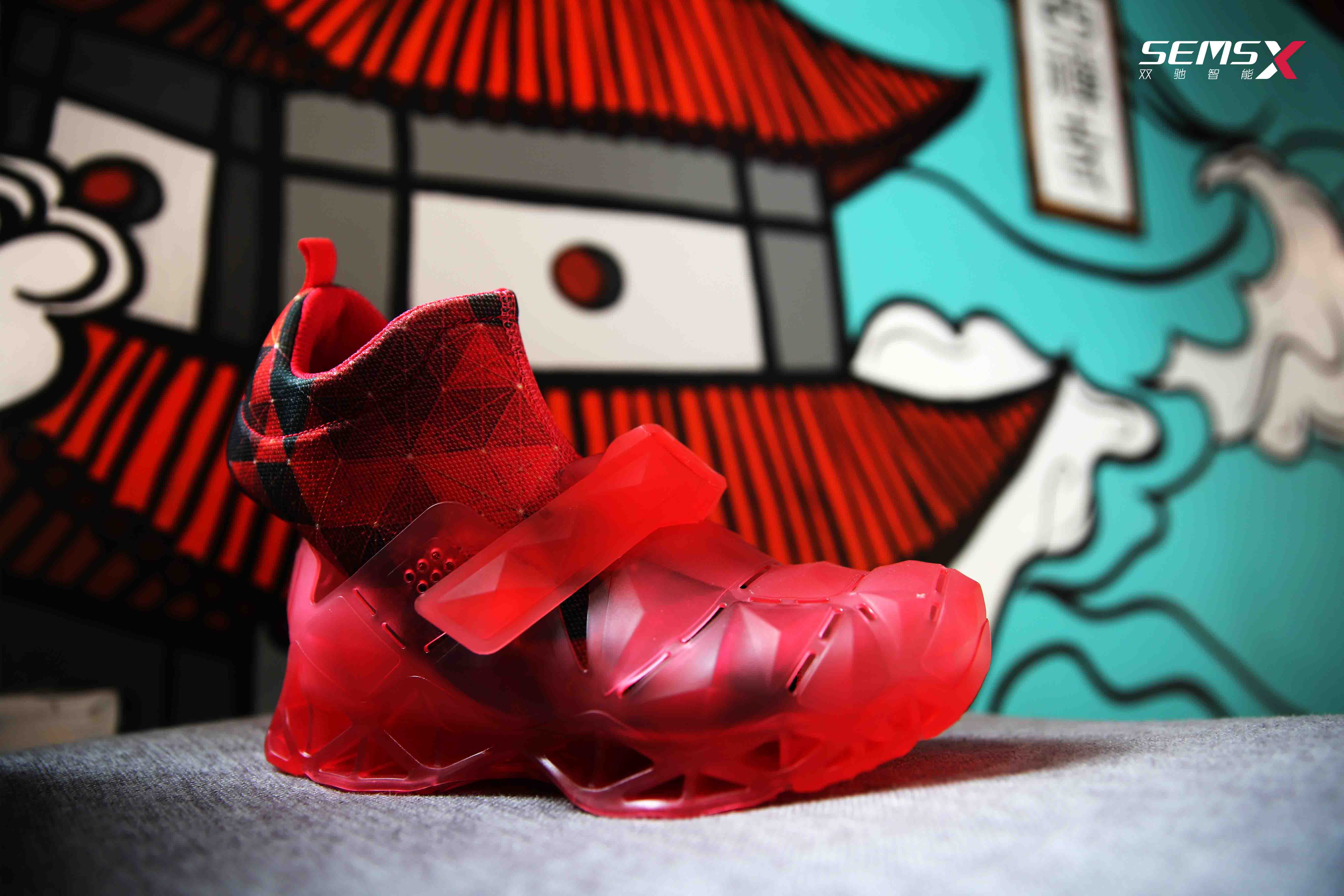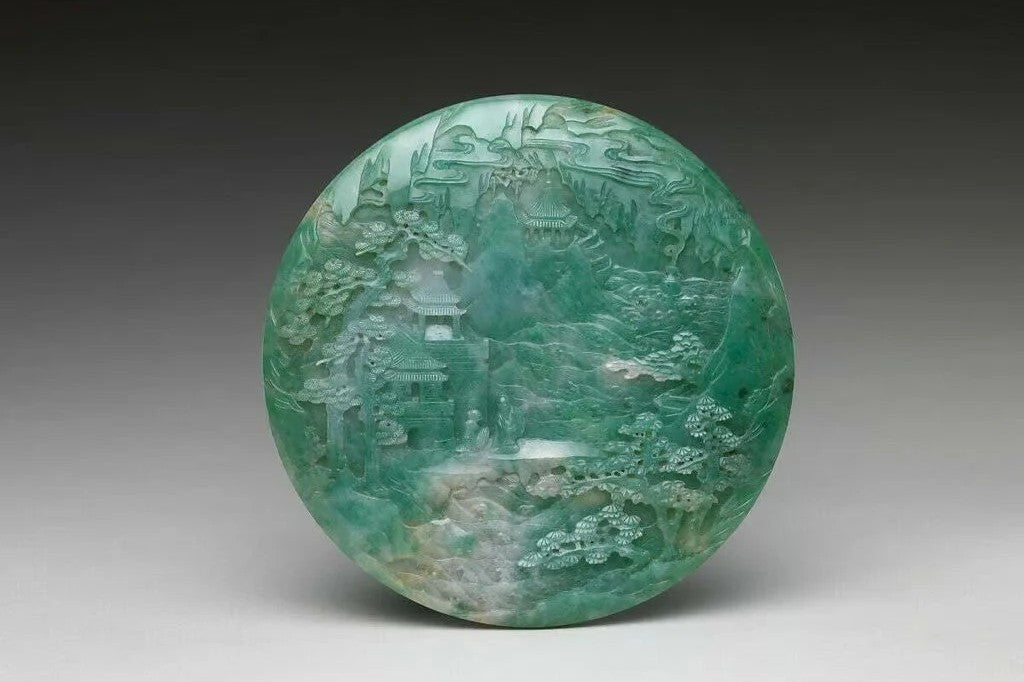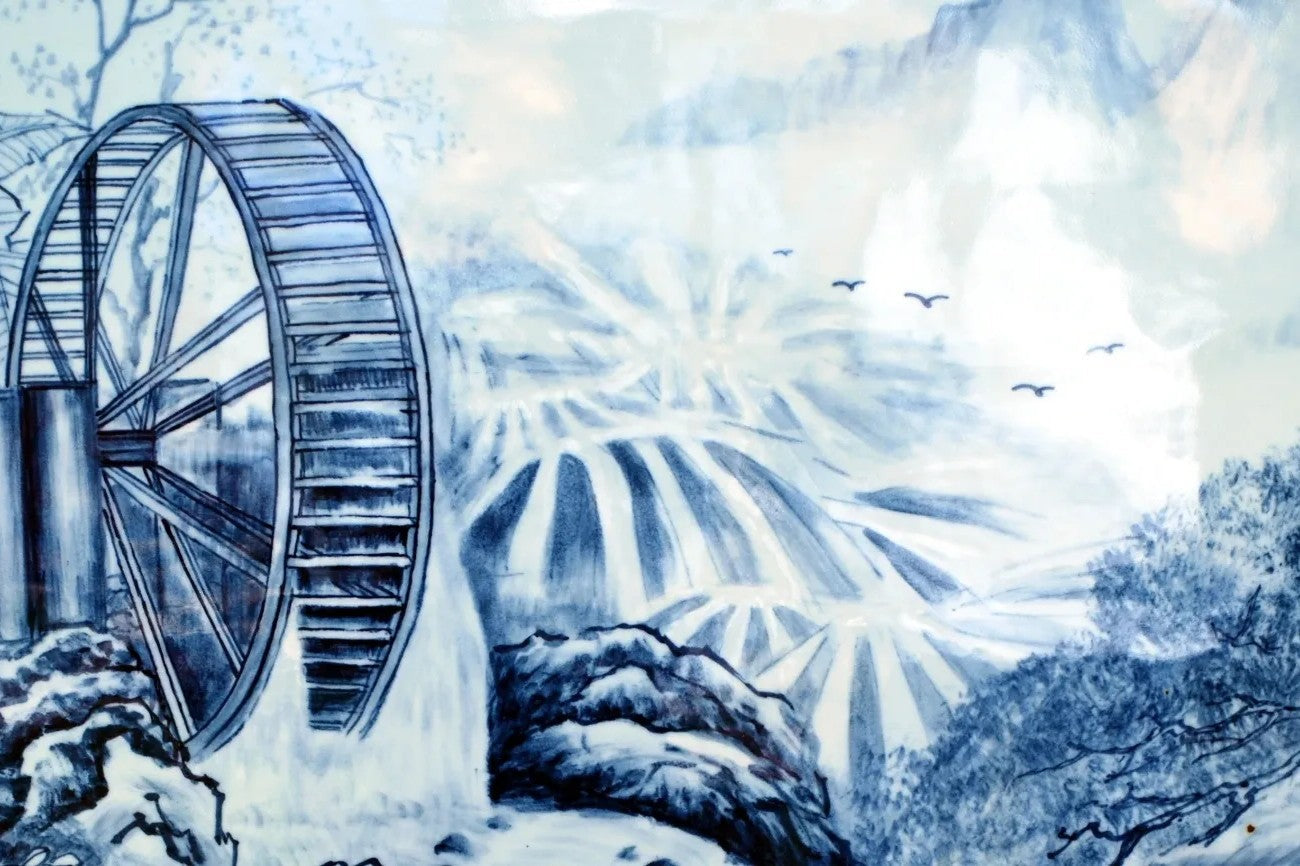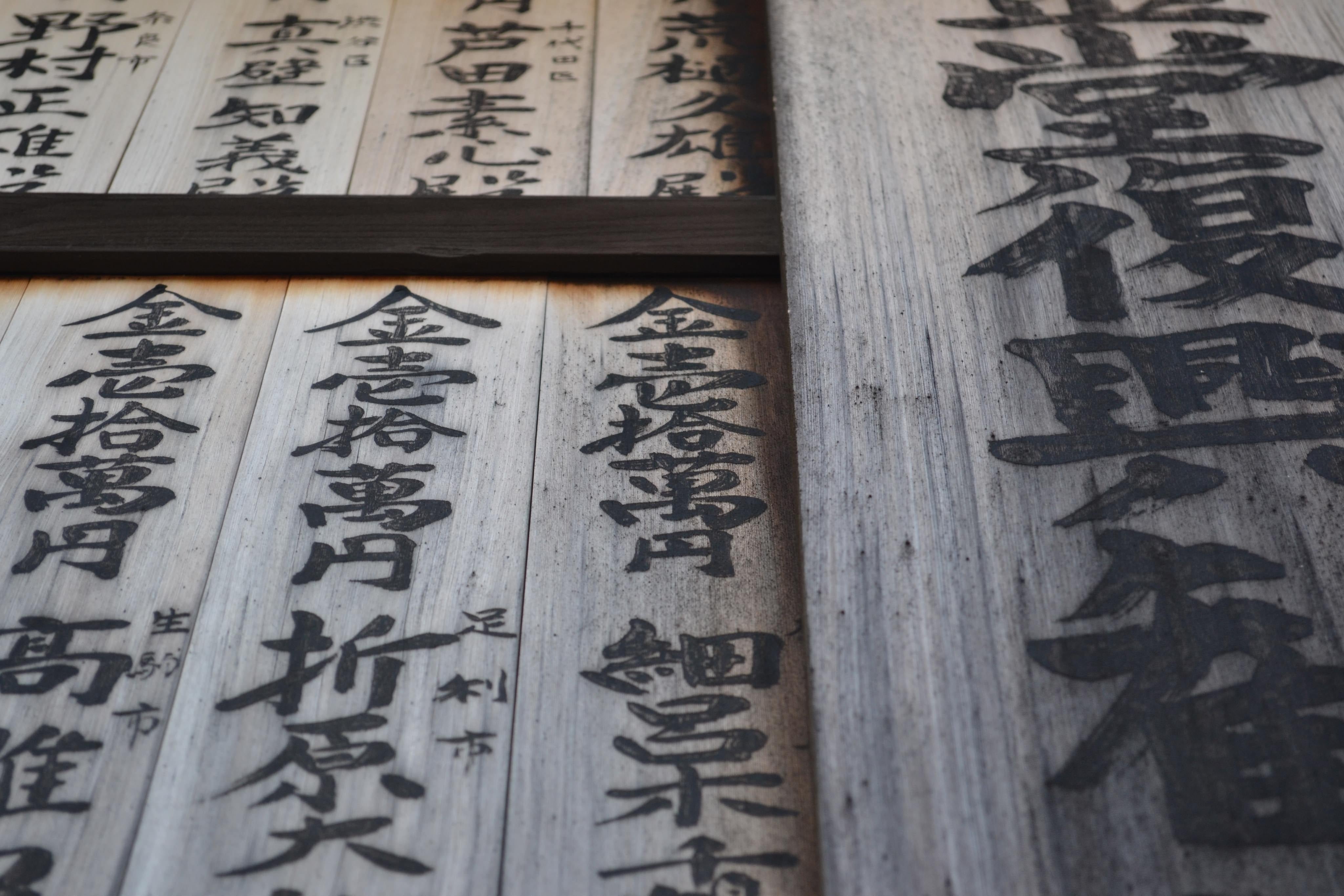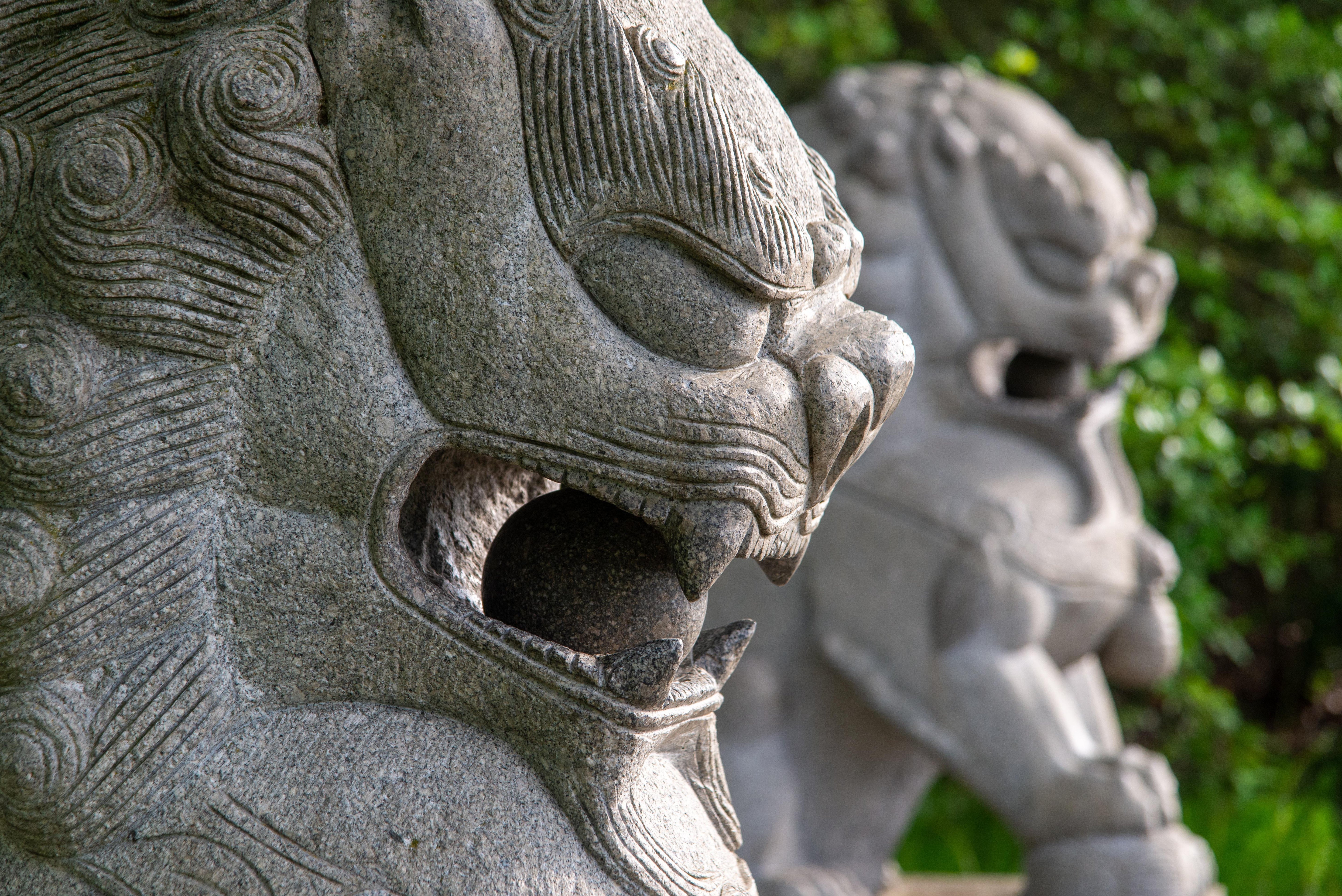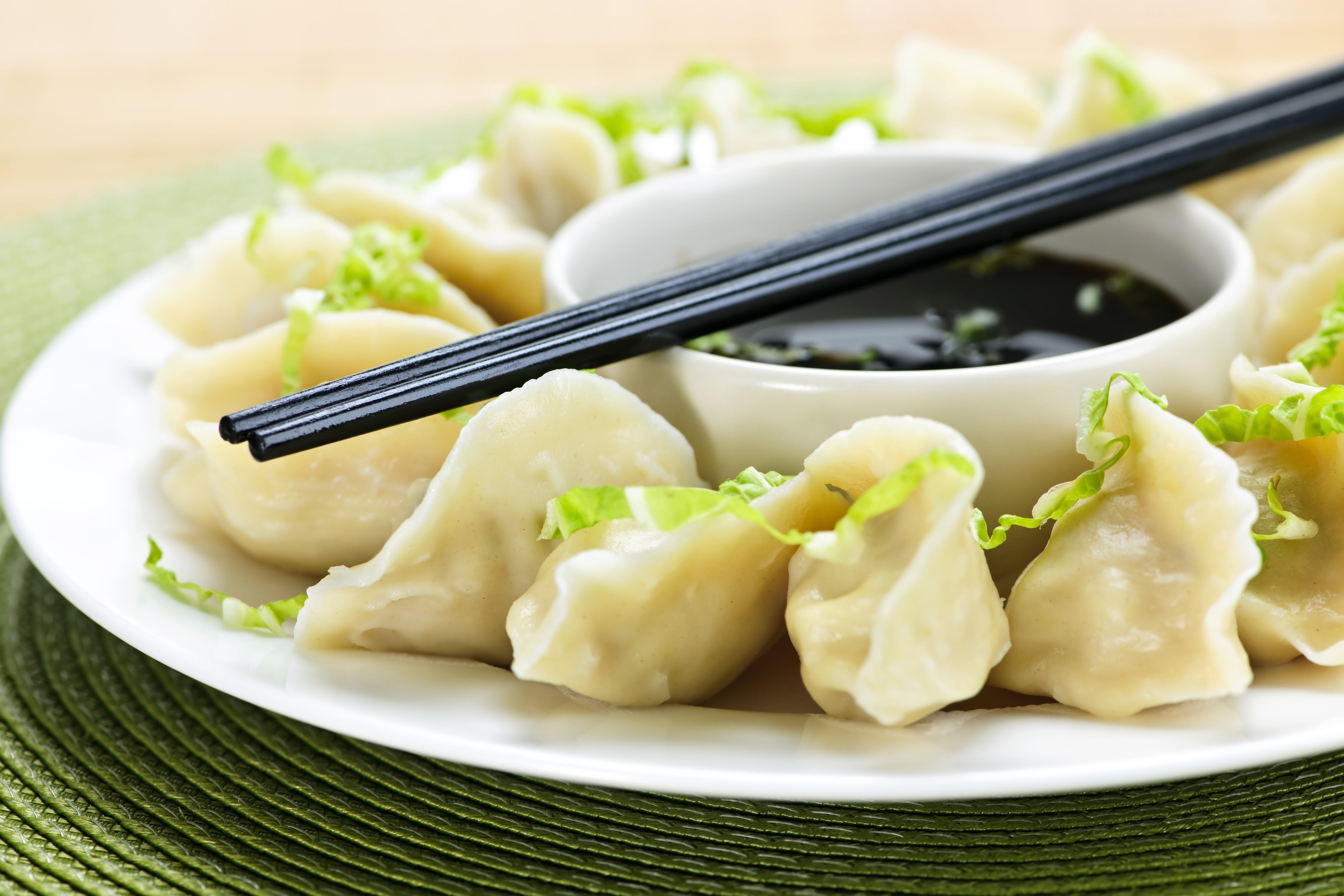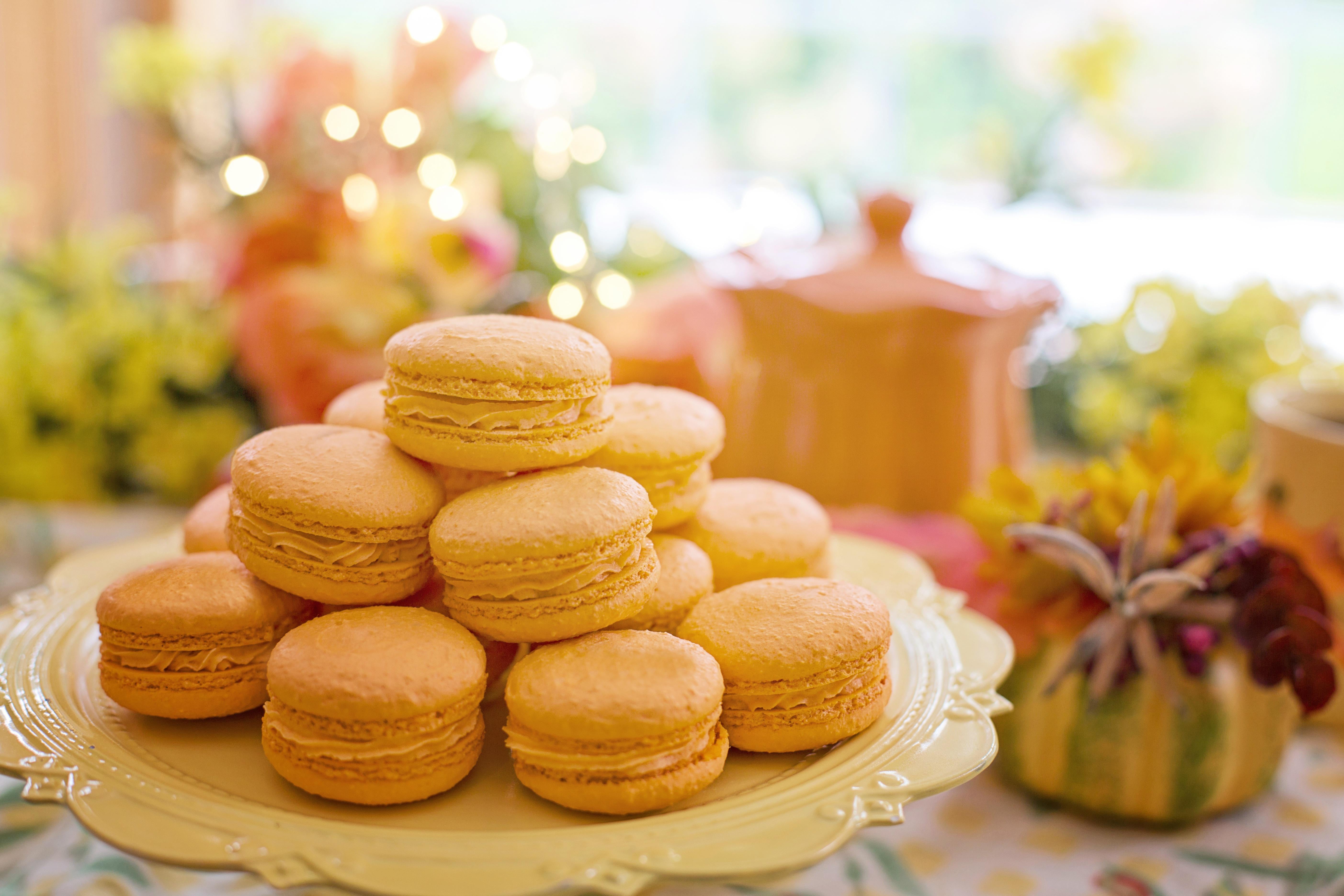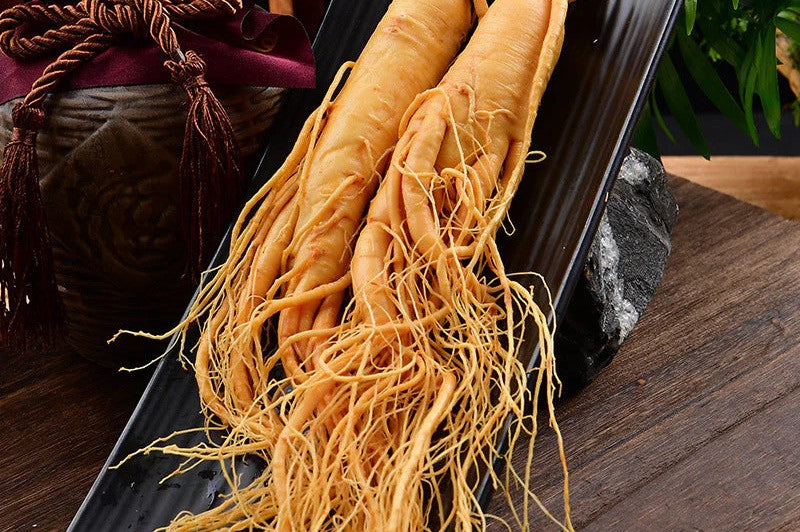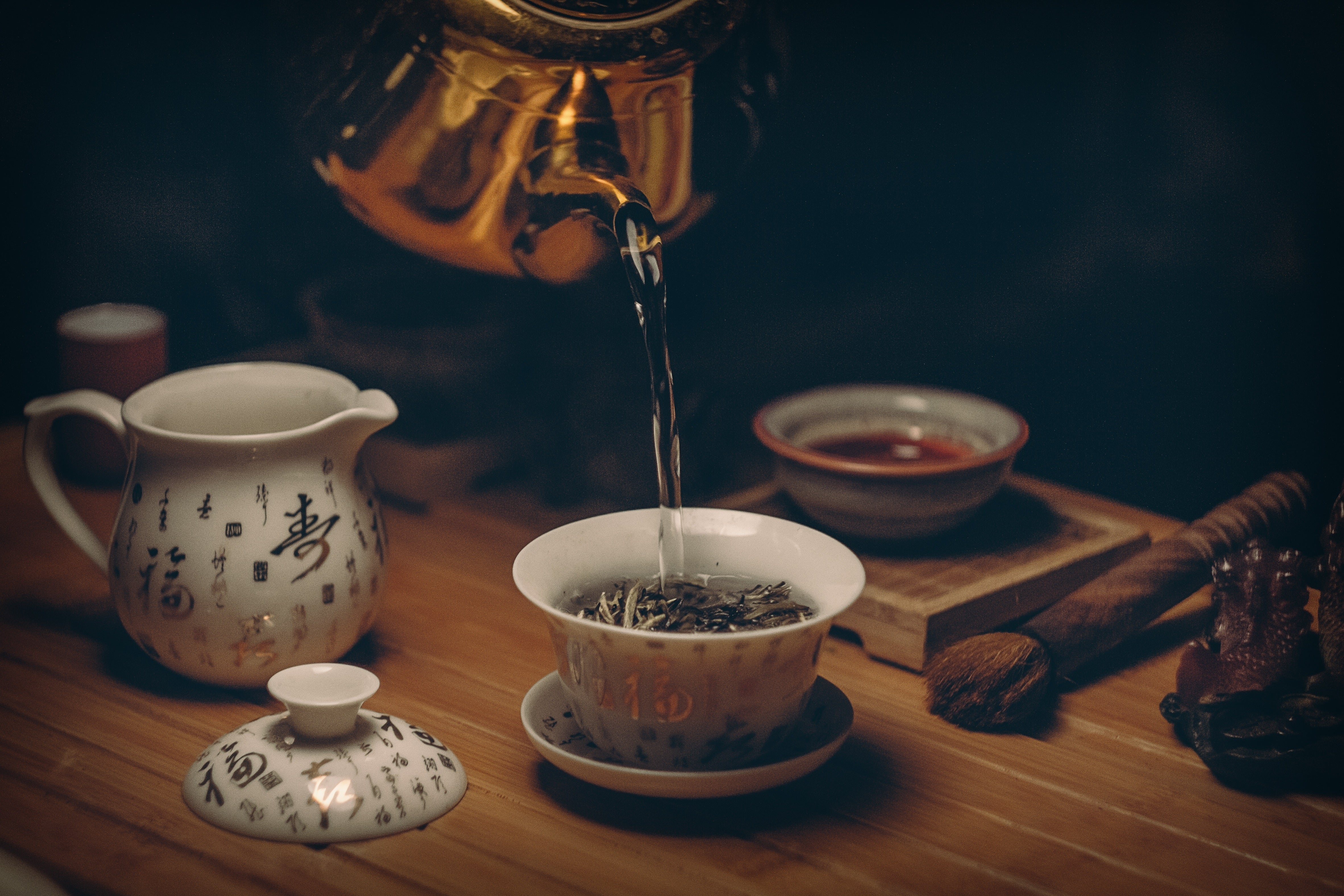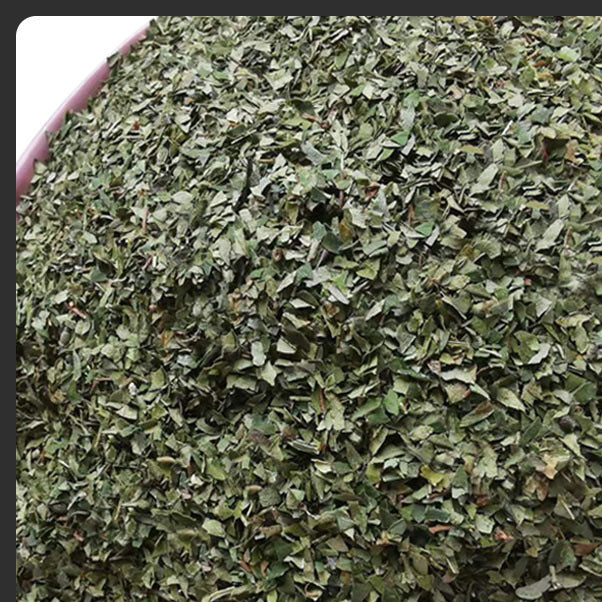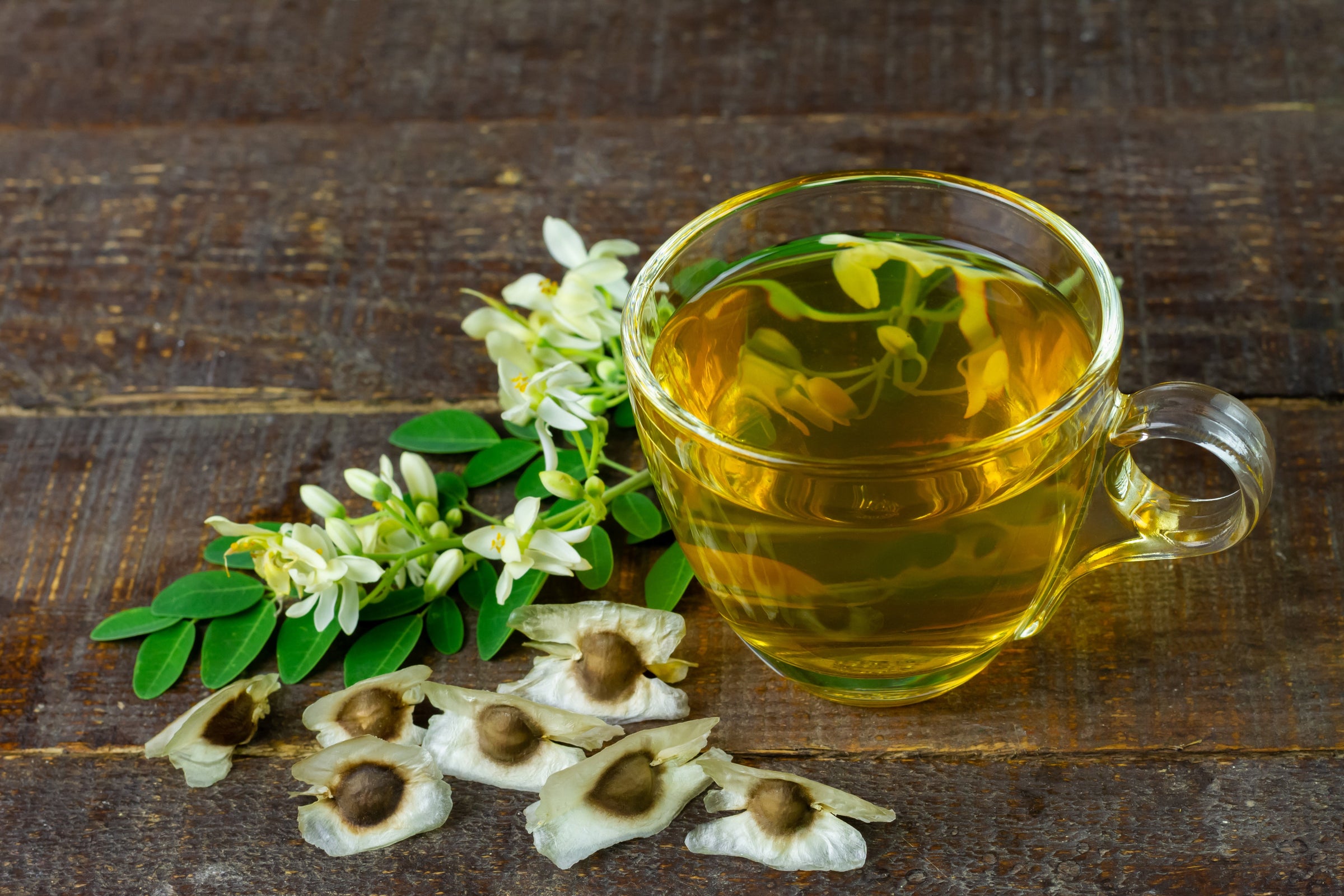
Oolong Tea
Oolong Tea
Characteristics of Oolong Tea
-
Production Process
Oolong tea is a semi-fermented tea, a process that falls between green tea and black tea. It undergoes withering, rolling, partial fermentation, and baking. The fermentation level typically ranges from 10% to 70%, allowing it to retain the fresh aroma of green tea while developing the rich taste of black tea. The precise control over fermentation and roasting is key to producing oolong tea’s unique flavor and aroma. -
Flavor and Aroma
Oolong tea offers a rich and layered flavor profile, often exhibiting floral, fruity, or creamy notes. Depending on the processing, oolong tea can be fresh and brisk or smooth and honeyed. The liquor typically presents a golden or yellow-green color, with a characteristic sweetness and a long-lasting aftertaste. -
Leaf Appearance
Oolong tea leaves are often twisted or ball-shaped. Some leaves have dark edges after roasting, while the unfermented portions maintain a greenish hue. The leaf appearance varies depending on the region and variety.
Major Oolong Tea Producing Areas in China
Oolong tea is primarily produced in Fujian, Taiwan, and Guangdong provinces, regions with ideal climates for tea cultivation. These areas are known for their distinct styles of oolong tea. Some of the most famous producing areas include:
- Fujian Province: e.g., Wuyi Rock Tea (Da Hong Pao), Anxi Tie Guan Yin.
- Taiwan Province: e.g., High Mountain Tea, Oriental Beauty Tea.
- Guangdong Province: e.g., Phoenix Dancong Tea.
Types of Chinese Oolong Tea
-
Wuyi Rock Tea (Da Hong Pao)
A traditional oolong tea from Wuyi Mountain, Fujian, Da Hong Pao is known for its robust flavor, complex aroma, and dark red liquor. -
Tie Guan Yin
Originating from Anxi County, Fujian, Tie Guan Yin is one of China’s most famous oolong teas. It is known for its floral fragrance, sweet taste, and a lingering aftertaste. -
High Mountain Tea
Grown in the high-altitude regions of Taiwan, this tea is known for its delicate texture, floral aroma, and sweet, refreshing taste. -
Oriental Beauty Tea
Originating from Taiwan, Oriental Beauty Tea is famous for its honey-like fragrance and sweet flavor, which come from partial fermentation. -
Phoenix Dancong Tea
A prized oolong from Guangdong, Phoenix Dancong offers a fragrant floral and fruity aroma, sometimes with honey-like sweetness.
Health Benefits of Oolong Tea
-
Boosts Metabolism
Oolong tea contains catechins and caffeine, which help boost metabolism, aiding in weight management. -
Antioxidant Properties
Rich in antioxidants, oolong tea helps neutralize free radicals, slowing the aging process. -
Cardiovascular Health
Oolong tea’s polyphenols help lower cholesterol, control blood sugar levels, and improve heart health. -
Antibacterial Properties
Oolong tea has antibacterial effects, which can help cleanse the mouth and maintain oral hygiene. -
Skin Health
Oolong tea contributes to maintaining skin elasticity and reducing fine lines, offering anti-aging benefits.
Best Time to Drink Oolong Tea
-
Morning or Afternoon
Oolong tea is ideal for drinking in the morning or afternoon, providing an energy boost and relieving fatigue. -
After Meals
Oolong tea aids digestion, making it an excellent choice after meals to help with digestion and absorption. -
During Tea Parties
Due to its complex aroma and flavor, oolong tea is perfect for sharing with friends or family during social gatherings.



